Cheng+Snyder transforms suburban Californian backlot into flexible home
The Roommate House by Cheng+Snyder in Oakland exemplifies fresh approaches to planning for ever-changing demographics
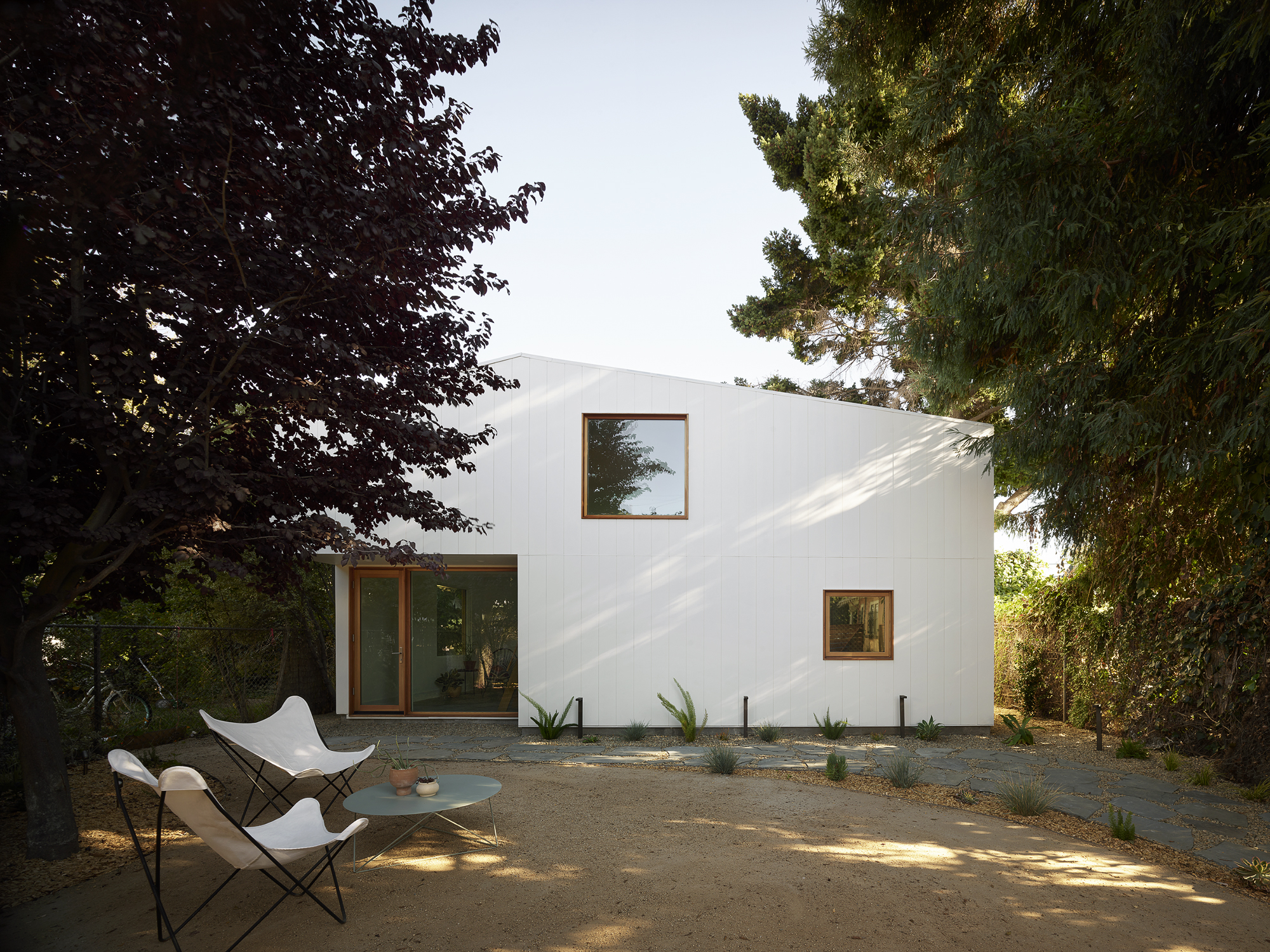
Cheng+Snyder's a modest two-storey, two-bedroom house is located in Oakland, California, and was designed as an antidote to sprawling single-family homes. Described by its architects as a ‘space for two roommates who want to economise on expenses through sharing a home, yet also desire their own rooms’, the house is defined as an ‘Accessory Dwelling Unit’, or ADU, a typology finding increasing favour in a complex housing market.
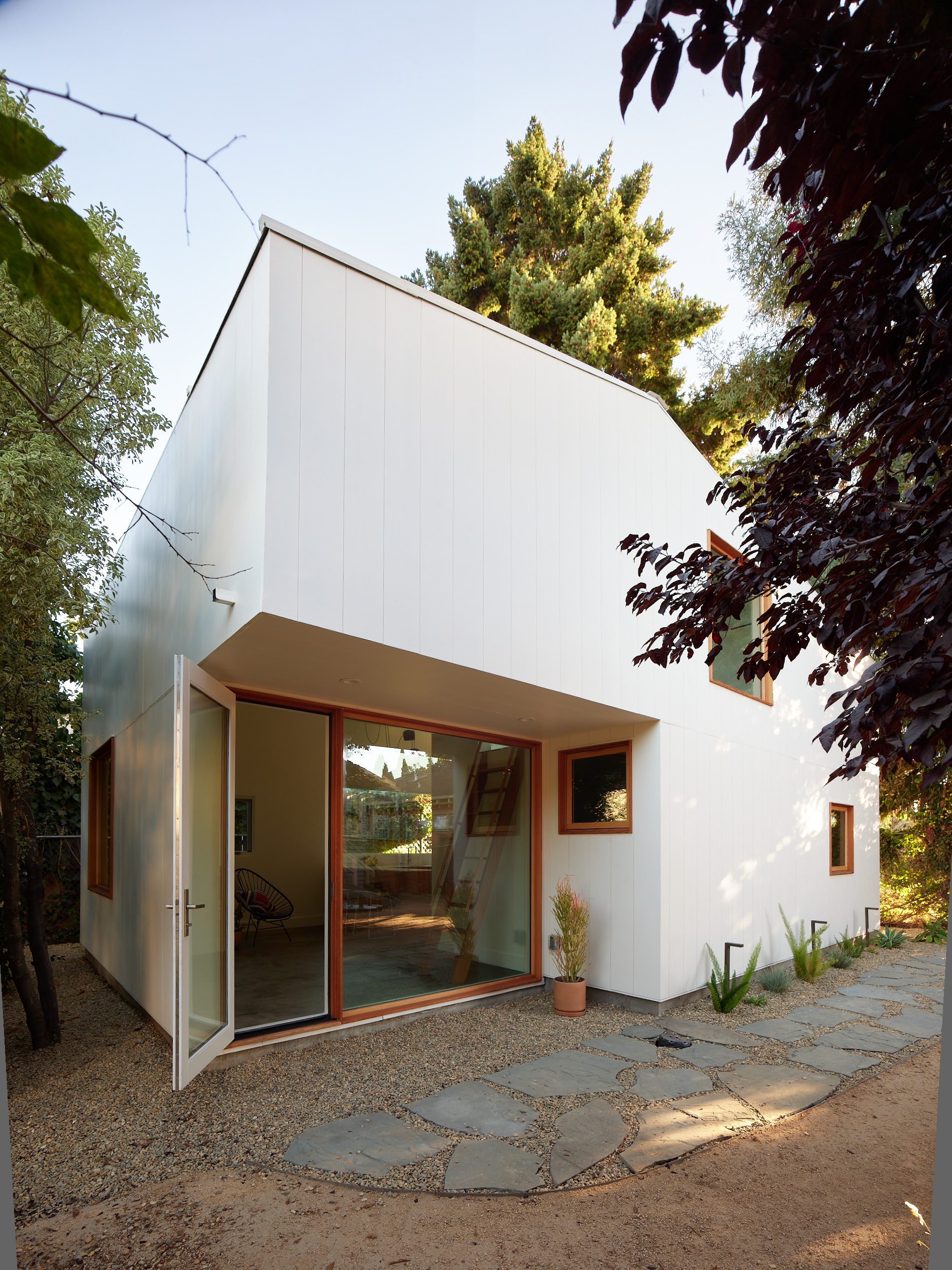
Roommate House by Cheng+Snyder
Irene Cheng and Brett Synder of the San Francisco Bay Area-based studio built the new structure to the rear of an existing plot, making use of space that was once deemed impossible to build upon. The house itself is small, just 550 sq ft, mostly arranged across a single-storey; only the second bedroom is located upstairs on a small mezzanine, together with access to a compact terrace, to create the required privacy between two ‘roommates’.
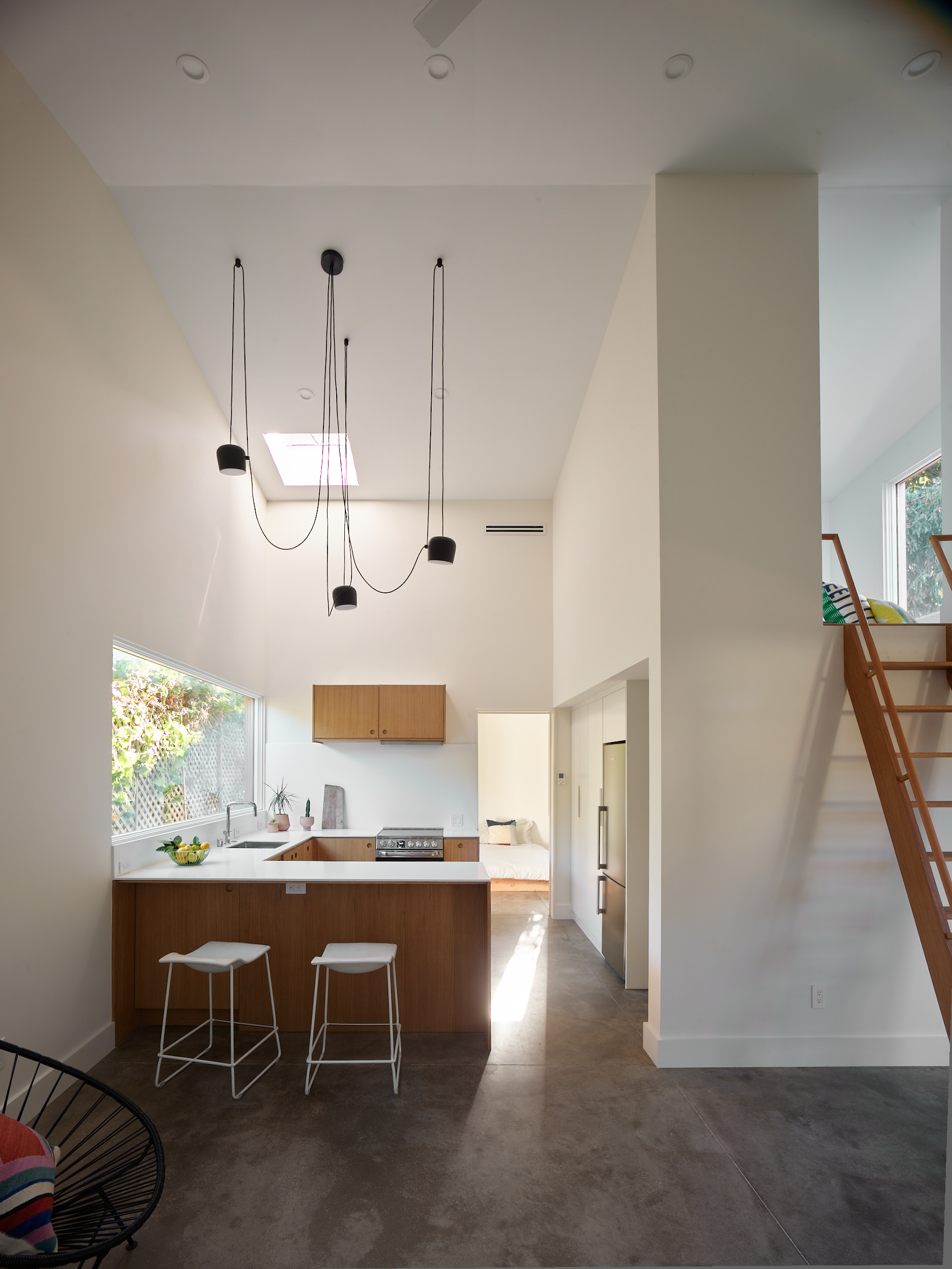
The architects describe the project as an exploration of planning possibilities, not only finding the space within the city itself, but also within the plot. On the ground floor are shared living, cooking and bathroom facilities, with services contained within the central third of the plan. On either side are the main bedroom and living space, each with a large glazed opening door.

The second bedroom is set on an enclosed loft mezzanine, reached from a fixed stair in the living room. The rest of the enclosed volume is given over to double-height spaces, making the most of the small footprint by giving the house an airy, spacious feel. White walls inside and out and a polished concrete floor are paired with a wooden kitchen and minimal detailing inside and out.
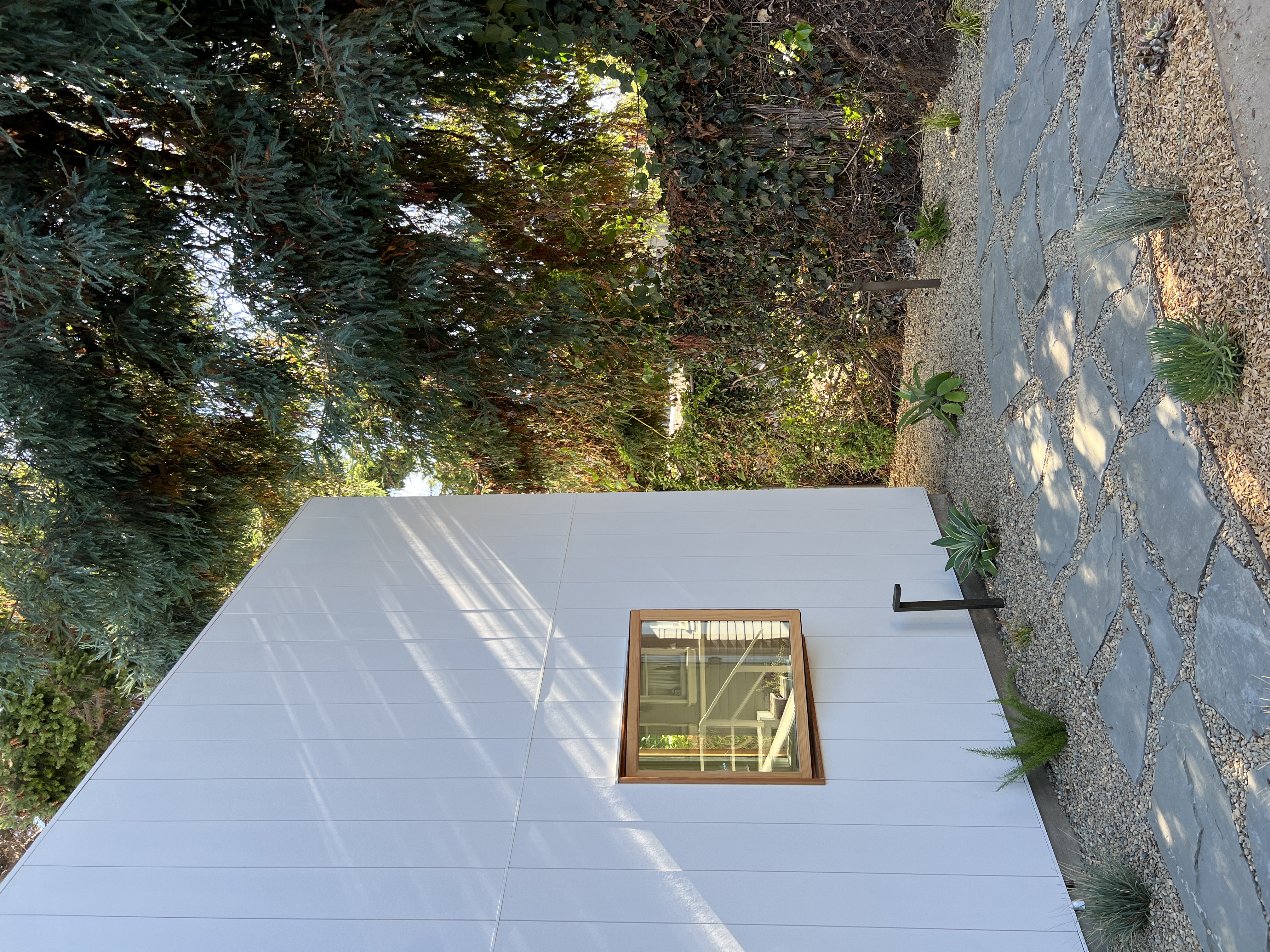
As the architects point out, the Roommate House was designed to be as flexible as possible. As the name suggests, it can easily accommodate two unrelated roommates, or even a small family. Cheng and Snyder have created a house that is low cost and low profile, easily adaptable to different situations without any compromise on design quality or the availability of light and space.

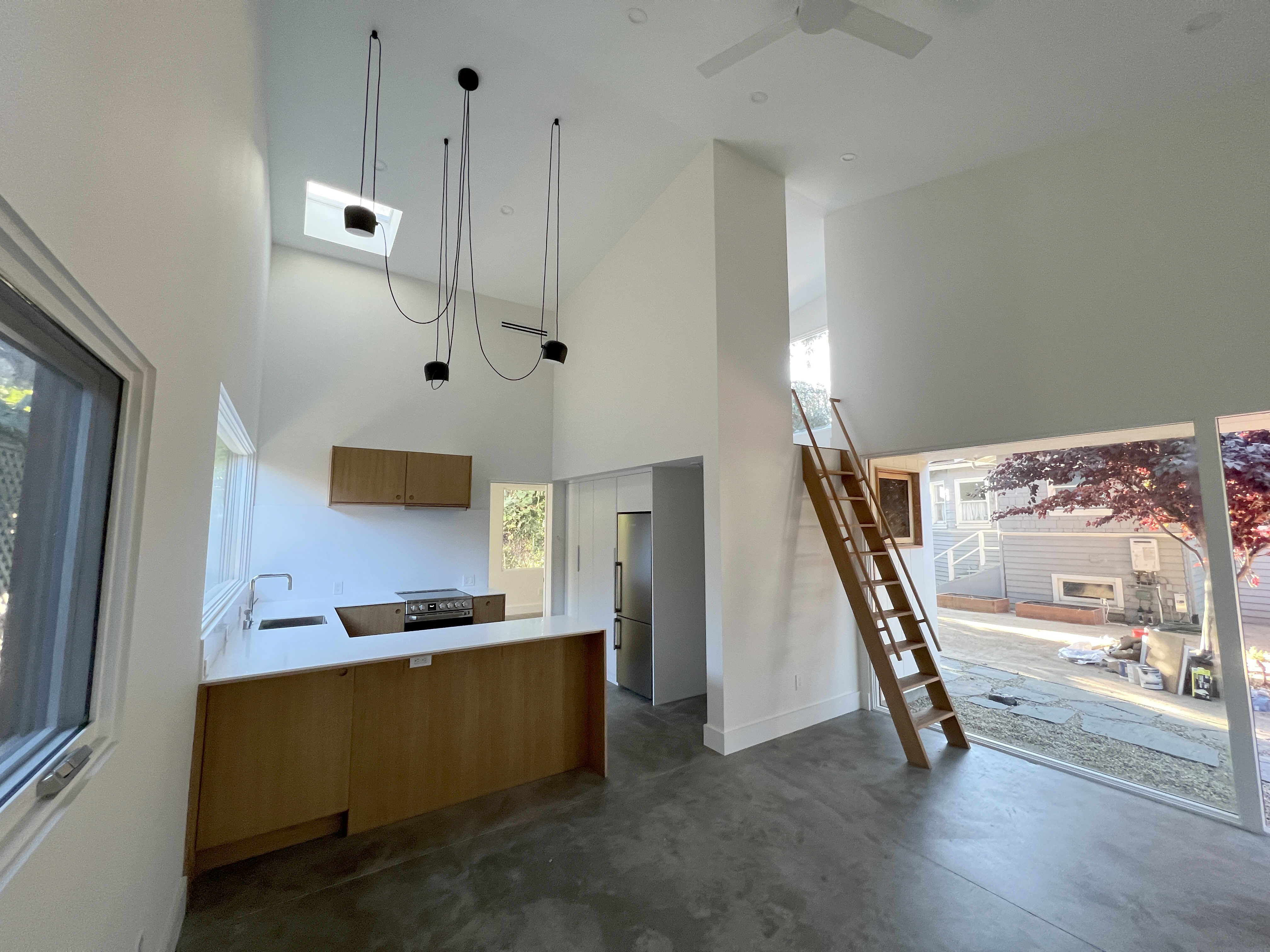
Receive our daily digest of inspiration, escapism and design stories from around the world direct to your inbox.
Jonathan Bell has written for Wallpaper* magazine since 1999, covering everything from architecture and transport design to books, tech and graphic design. He is now the magazine’s Transport and Technology Editor. Jonathan has written and edited 15 books, including Concept Car Design, 21st Century House, and The New Modern House. He is also the host of Wallpaper’s first podcast.
-
 Year in review: the shape of mobility to come in our list of the top 10 concept cars of 2025
Year in review: the shape of mobility to come in our list of the top 10 concept cars of 2025Concept cars remain hugely popular ways to stoke interest in innovation and future forms. Here are our ten best conceptual visions from 2025
-
 These Guadalajara architects mix modernism with traditional local materials and craft
These Guadalajara architects mix modernism with traditional local materials and craftGuadalajara architects Laura Barba and Luis Aurelio of Barbapiña Arquitectos design drawing on the past to imagine the future
-
 Robert Therrien's largest-ever museum show in Los Angeles is enduringly appealing
Robert Therrien's largest-ever museum show in Los Angeles is enduringly appealing'This is a Story' at The Broad unites 120 of Robert Therrien's sculptures, paintings and works on paper
-
 Step inside this resilient, river-facing cabin for a life with ‘less stuff’
Step inside this resilient, river-facing cabin for a life with ‘less stuff’A tough little cabin designed by architects Wittman Estes, with a big view of the Pacific Northwest's Wenatchee River, is the perfect cosy retreat
-
 Remembering Robert A.M. Stern, an architect who discovered possibility in the past
Remembering Robert A.M. Stern, an architect who discovered possibility in the pastIt's easy to dismiss the late architect as a traditionalist. But Stern was, in fact, a design rebel whose buildings were as distinctly grand and buttoned-up as his chalk-striped suits
-
 Own an early John Lautner, perched in LA’s Echo Park hills
Own an early John Lautner, perched in LA’s Echo Park hillsThe restored and updated Jules Salkin Residence by John Lautner is a unique piece of Californian design heritage, an early private house by the Frank Lloyd Wright acolyte that points to his future iconic status
-
 The Stahl House – an icon of mid-century modernism – is for sale in Los Angeles
The Stahl House – an icon of mid-century modernism – is for sale in Los AngelesAfter 65 years in the hands of the same family, the home, also known as Case Study House #22, has been listed for $25 million
-
 Houston's Ismaili Centre is the most dazzling new building in America. Here's a look inside
Houston's Ismaili Centre is the most dazzling new building in America. Here's a look insideLondon-based architect Farshid Moussavi designed a new building open to all – and in the process, has created a gleaming new monument
-
 Frank Lloyd Wright’s Fountainhead will be opened to the public for the first time
Frank Lloyd Wright’s Fountainhead will be opened to the public for the first timeThe home, a defining example of the architect’s vision for American design, has been acquired by the Mississippi Museum of Art, which will open it to the public, giving visitors the chance to experience Frank Lloyd Wright’s genius firsthand
-
 Clad in terracotta, these new Williamsburg homes blend loft living and an organic feel
Clad in terracotta, these new Williamsburg homes blend loft living and an organic feelThe Williamsburg homes inside 103 Grand Street, designed by Brooklyn-based architects Of Possible, bring together elegant interiors and dramatic outdoor space in a slick, stacked volume
-
 This ethereal Miami residence sprouted out of a wild, jungle-like garden
This ethereal Miami residence sprouted out of a wild, jungle-like gardenA Miami couple tapped local firm Brillhart Architecture to design them a house that merged Florida vernacular, Paul Rudolph and 'too many plants to count’